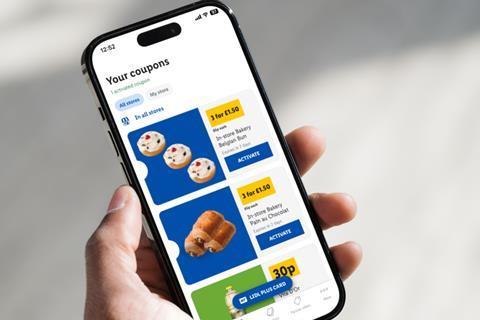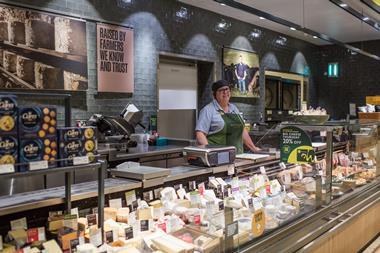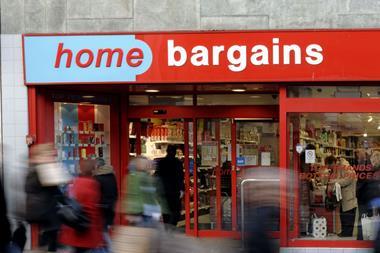
A one-size-fits-all approach to loyalty won’t cut it any more. That’s the key finding from the latest Epsilon Customer Loyalty Index which asked 2,000 consumers about loyalty drivers in four categories, including grocery.
One thing was clear: creating compelling reasons for shoppers to come back again and again, beyond financial incentives, is essential for building long-term brand loyalty.
WATCH MORE: How grocery can use data to win shoppers’ loyalty.
Retailers know this, of course. They also know it’s increasingly challenging in an age of hyper-personalisation.
While one shopper may seek out high-quality ingredients that don’t break the bank, another is impressed by in-store experiences, and another will meticulously inspect the list of ingredients on a product or expect healthy alternatives. The common theme here is all of these could incentivise repeat visits in-store, online, or both.
Each individual customer wants something different from a brand, and each brand has something different to gain from customers. Our index reflects this. Fundamentals like product quality and fair pricing are non-negotiable, but displaying educational content can be a smart differentiator.
The grocery category is particularly interesting, as it features the highest percentage of multi-brand loyalists of all four categories. Another factor in the mix is the rise of online grocery shopping. In response, retailers are looking for new ways to inspire customers by creating a more attractive, comfortable, and convenient in-store experience.
That requires some clever thinking to deliver loyalty programmes that increase customer stickiness. However, we found the majority (six out of 10) grocery brands cluster around the median mark in our index, suggesting loyalty strategies among retailers do not vary widely. Grocery also features the widest margin between high and low scorers, signalling that there are opportunities for savvy marketers to seize.
To win in this sphere, you need to understand what truly drives loyalty. Our study shows that in grocery, ‘share of heart’ is the number one driver, highlighting the need to build strong and long-lasting emotional connections with shoppers. The pandemic seems to have clarified these priorities, emphasising the importance of things like emotion, trust and personal experiences.
Giving consumers incentives to buy remains key to any grocery retailing loyalty programme. They’re also interested in receiving value-added services that help tie them closer to the brand, as well as getting exclusive access to sales events or tasting experiences. If you want to influence a younger audience, they are looking more for experiences and education around areas like healthy eating and healthy ingredients.
Personalisation is key and can create impact. But combine personalisation with experiences and you have loyalty gold.
While brands are getting better at personalised ads and marketing, an Epsilon personalisatino study shows almost all respondents admit they see at least one irrelevant ad every day. Sending irrelevant content creates negative feelings, with consumers left feeling they have no control about how brands engage with them.
By engaging with consumers in a single harmonised voice across all channels, grocery brands and retailers can truly drive loyalty, increasing the efficiency and efficacy of their marketing and advertising investments.



















No comments yet